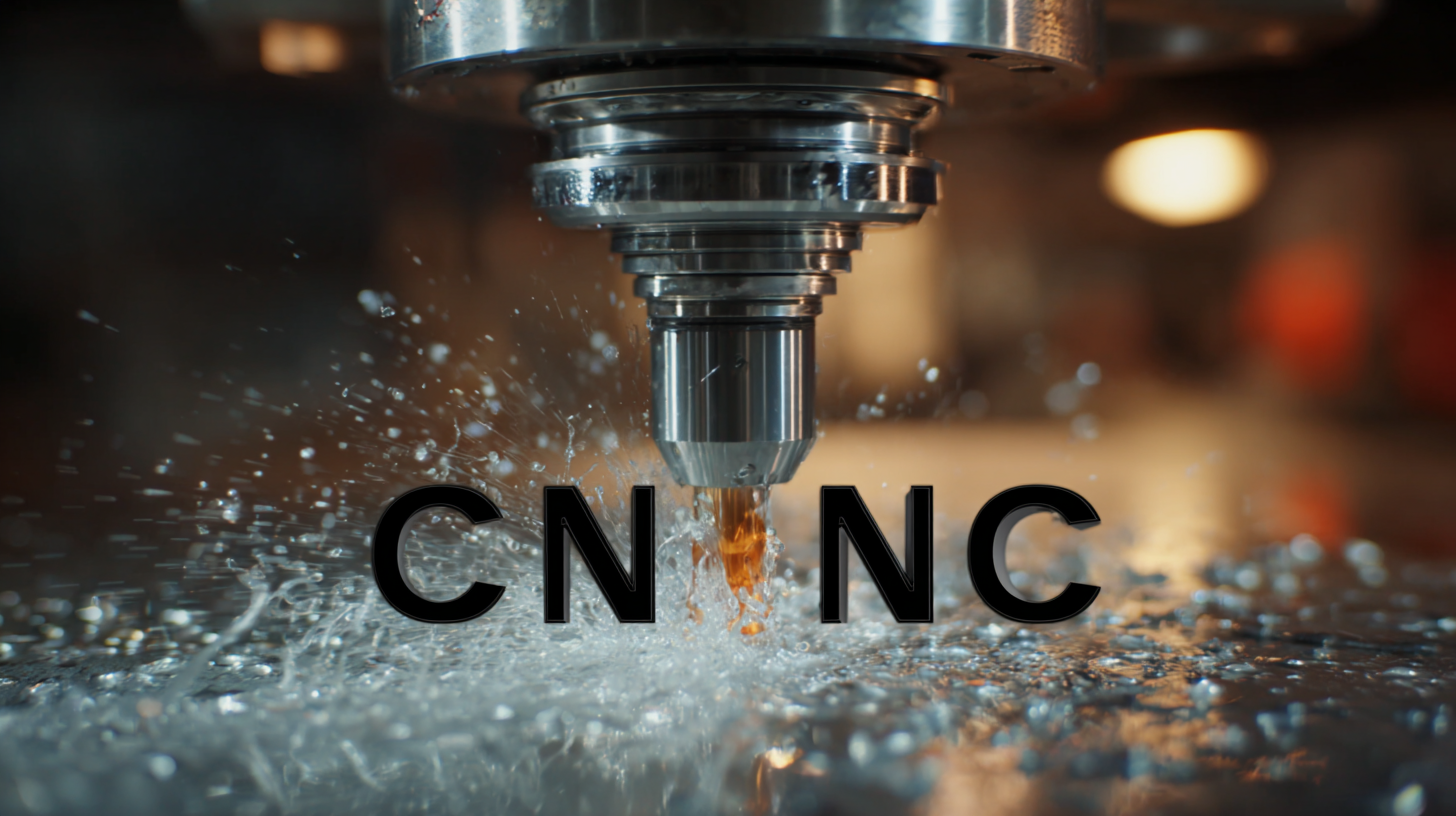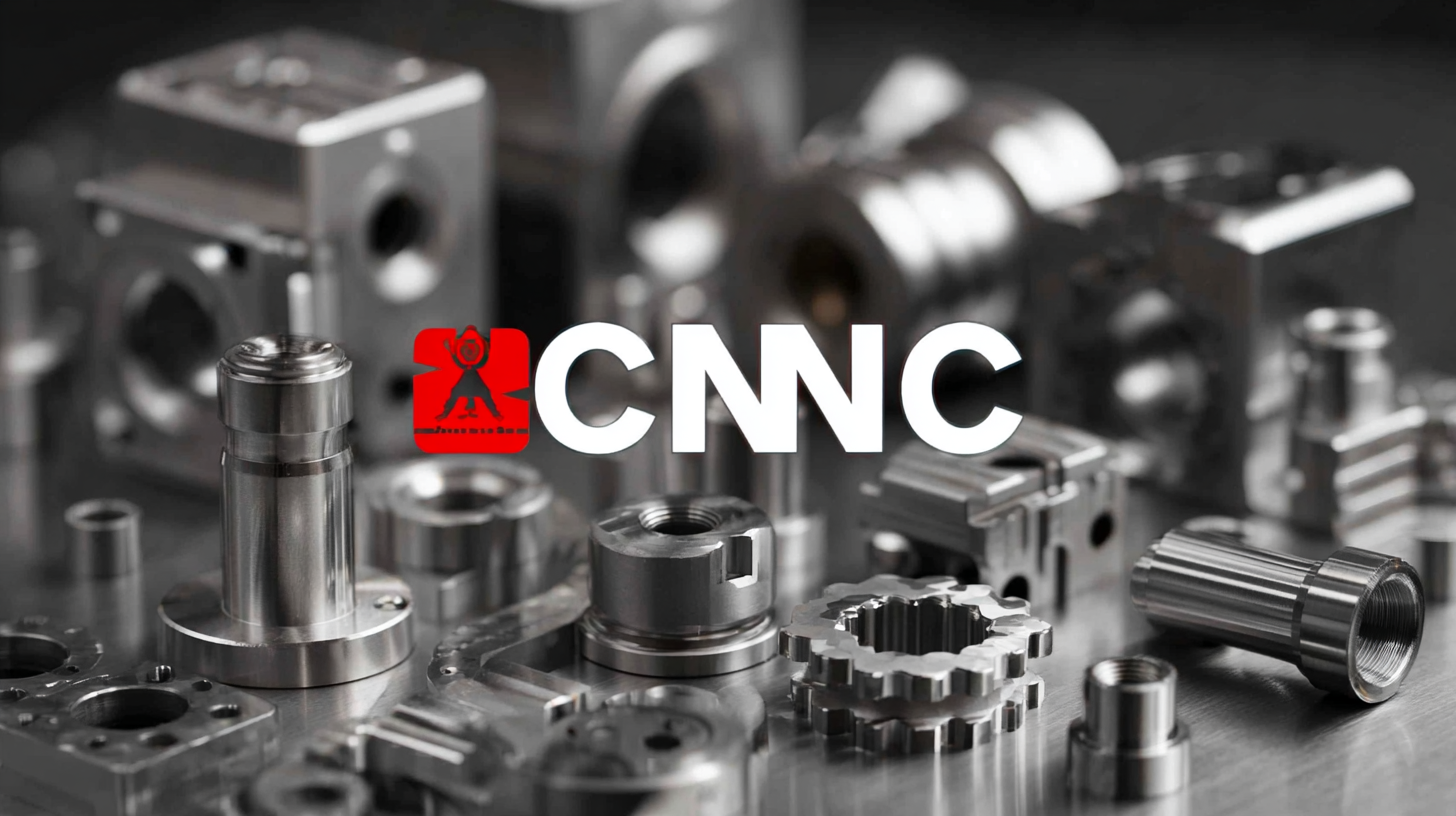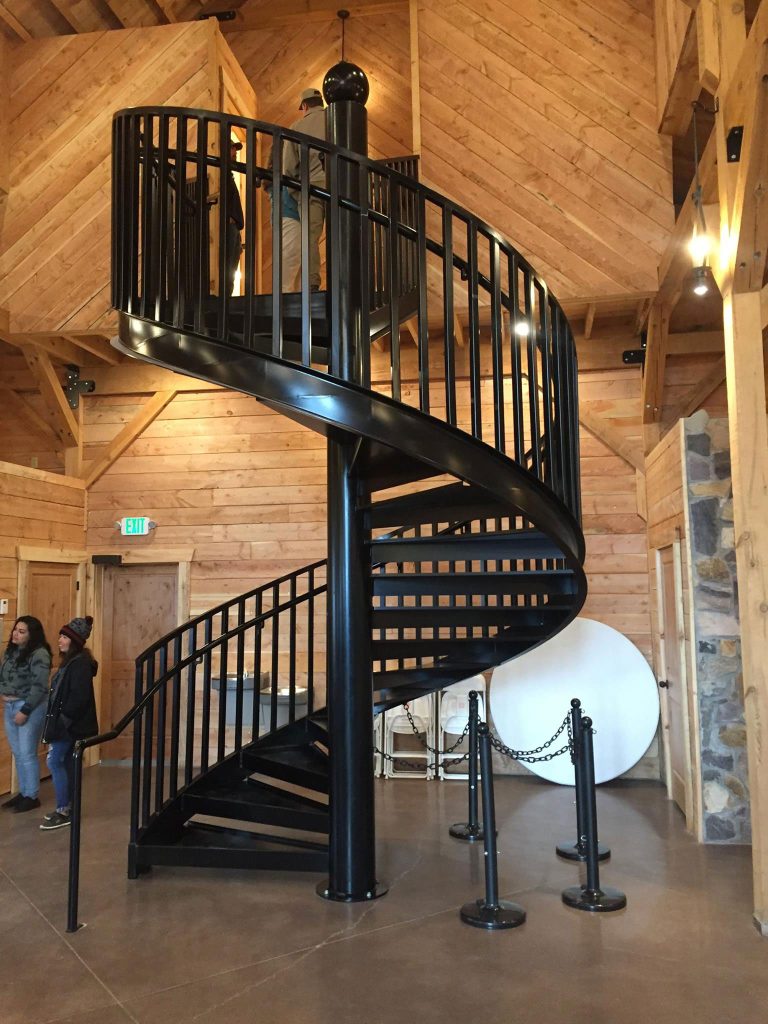The Future of Precision Engineering: Innovations in Best CNC Parts Production
The future of precision engineering is inherently tied to the advancements in CNC (Computer Numerical Control) technology, which have revolutionized the production of CNC parts across various industries. According to a recent report from MarketsandMarkets, the CNC machines market is projected to reach $117.8 billion by 2028, growing at a CAGR of 6.5% from 2021. This surge highlights the increasing demand for high-precision components in sectors such as aerospace, automotive, and healthcare.

As manufacturers strive for greater efficiency, reduced waste, and enhanced customization, innovations in CNC parts production are expected to lead the charge. Techniques such as additive manufacturing and integrated automation are set to redefine standards of accuracy and flexibility, enabling businesses to respond swiftly to market demands. This blog will explore these transformative trends and technologies, illuminating how the future of CNC parts production is not only shaping industry standards but also driving a more sustainable approach to engineering practices.
The Growing Demand for Precision Engineering: Market Trends and Projections for 2025
The precision engineering sector is experiencing a surge in demand, driven by advancements in technology and the increasing needs of various industries, from aerospace to medical devices. As we look toward 2025, market projections suggest a robust growth trajectory, fueled by innovations in Computer Numerical Control (CNC) machining and additive manufacturing. These technologies are not only enhancing the accuracy and efficiency of production processes but are also enabling the creation of complex geometries that were previously unattainable.
Key trends indicate that customization and rapid prototyping are becoming standard practices in precision engineering. Companies are investing in sophisticated CNC equipment that can deliver high-quality parts in shorter lead times. The rise of Industry 4.0, characterized by smart manufacturing and the Internet of Things (IoT), further complements this evolution by providing real-time data insights, allowing for more precise adjustments during the production process. As businesses adapt to these technological advancements, staying ahead of the curve will be crucial, and those who can leverage these innovations are likely to dominate the market landscape in the coming years.
The Future of Precision Engineering: Innovations in CNC Parts Production
Key Innovations Driving CNC Parts Production Efficiency and Quality
The world of precision engineering is witnessing transformative innovations that are significantly enhancing the efficiency and quality of CNC parts production. One of the key drivers of this evolution is the advent of advanced machine learning algorithms. These algorithms analyze production data in real-time, enabling operators to make informed decisions that optimize machining processes. By predicting potential failures and maintenance needs, manufacturers can reduce downtime, streamline operations, and improve overall output quality.
Another notable innovation is the integration of smart manufacturing technologies, such as IoT devices and robotics. IoT sensors provide critical insights into the performance and health of CNC machines, facilitating proactive maintenance and ensuring consistent quality control throughout the production cycle. Meanwhile, robotics can automate repetitive tasks, allowing skilled technicians to focus on more complex operations, which further enhances production efficiency. Together, these innovations are not only driving cost reductions but also paving the way for higher precision and customization in CNC parts production, meeting the diverse needs of modern industries.

Impact of Industry 4.0 on Precision Engineering and CNC Manufacturing Techniques
The dawn of Industry 4.0 is revolutionizing precision engineering and CNC manufacturing techniques, driving innovations that reshape the production landscape. With the integration of artificial intelligence, manufacturers are now able to analyze vast amounts of data in real time, leading to smarter decision-making processes. This not only enhances efficiency but also reduces waste, enabling companies to produce better quality CNC parts at a faster rate.
Real-world applications illustrate the impact of these advancements. For instance, automated machining processes utilize AI-driven algorithms to optimize production schedules and maintain equipment health, minimizing downtime. Additionally, the use of IoT devices in manufacturing allows for seamless communication between machines, leading to enhanced precision and consistency in production. As the industry continues to embrace these technologies, the future of precision engineering looks increasingly promising, marked by increased productivity and innovation.
Sustainability in Precision Engineering: Eco-Friendly Materials and Processes
Sustainability is becoming a pivotal focus in precision engineering, particularly in the production of CNC parts. Recent studies indicate that the demand for eco-friendly materials has skyrocketed, with the global green materials market expected to reach $1 trillion by 2025. This shift not only reflects consumer preferences but also regulatory pressures encouraging manufacturers to adopt sustainable practices. By integrating bio-based composites and recycled metals, companies can significantly reduce their carbon footprint while delivering high-performance parts.

Processes also play a critical role in enhancing sustainability. Advanced manufacturing techniques, such as additive manufacturing and optimized machining processes, have shown to cut material waste by up to 40%, according to a report from the International Journal of Advanced Manufacturing Technology. Additionally, energy-efficient machinery is becoming the norm; industry leaders report that using CNC machines equipped with energy-saving technologies can lower energy consumption by 30% per cycle. Emphasizing sustainability in precision engineering not only benefits the environment but also aligns with the growing market demand for responsible manufacturing practices.
Market Leaders in CNC Parts Production: Competitive Landscape and Future Outlook
In the rapidly evolving landscape of precision engineering, the production of CNC parts is becoming increasingly competitive. Market leaders are leveraging advanced technologies and innovative processes to enhance efficiency, reduce costs, and improve the quality of their products. Companies are investing heavily in automation, integrating robotics and AI-driven systems to streamline production lines. This not only maximizes precision and output but also allows for greater flexibility in responding to market demands.
As we look toward the future, the competitive landscape of CNC parts production will likely continue to be shaped by technological advancements and strategic collaborations. Industry players are exploring partnerships with tech innovators to harness cutting-edge materials and optimize manufacturing processes. Sustainability is also becoming a key focus, with companies seeking ways to minimize their environmental impact while maintaining high standards of quality. The outlook for CNC parts production is promising, driven by innovation and a commitment to meeting the ever-evolving needs of various industries.
The Future of Precision Engineering: Innovations in Best CNC Parts Production
| Dimension | Value |
|---|---|
| Market Size (2023) | $45.3 Billion |
| CAGR (2023-2028) | 7.2% |
| Key Industry Drivers | Automation, IoT Integration, Demand for Customization |
| Major Applications | Aerospace, Automotive, Healthcare, Electronics |
| Top Materials Used | Aluminum, Steel, Titanium, Composites |
| Leading Technologies | 5-Axis Machining, Additive Manufacturing, CNC Machining |
| Regional Market Growth (2023-2028) | Asia-Pacific, North America, Europe |
Let's Build Together



Contact Us: Call 435-563-3503
-OR- Fill in the form below and we will call you back.
